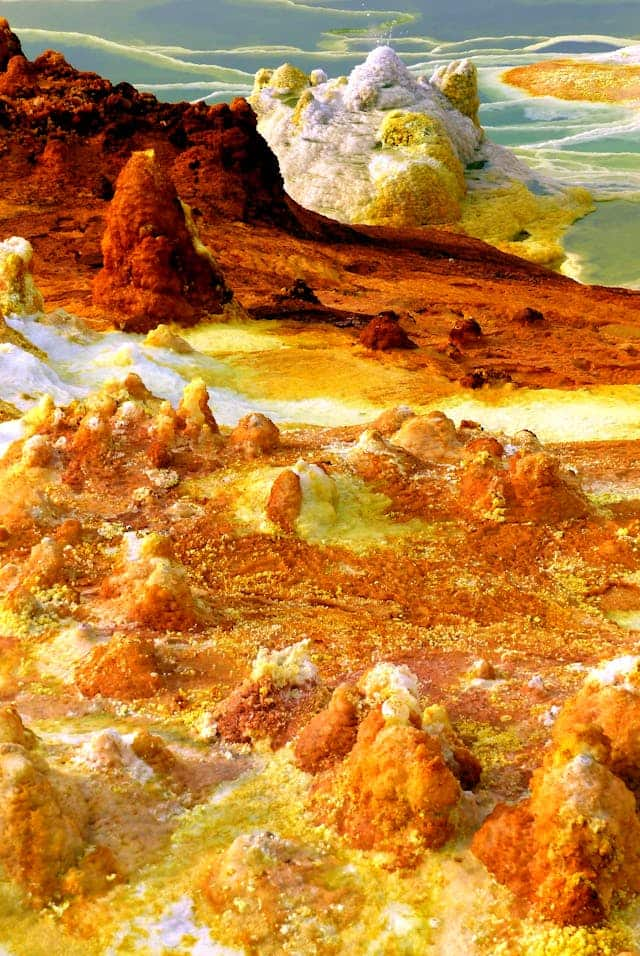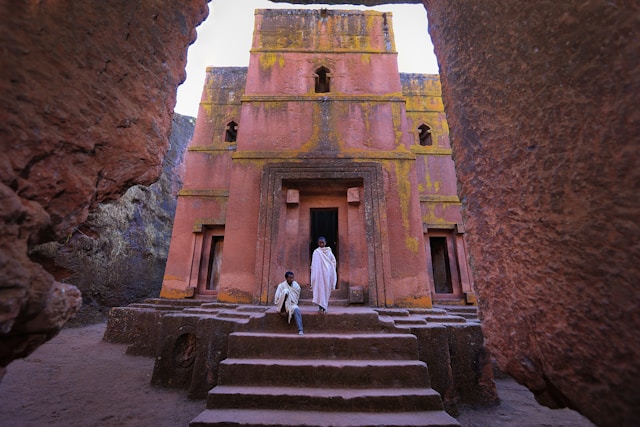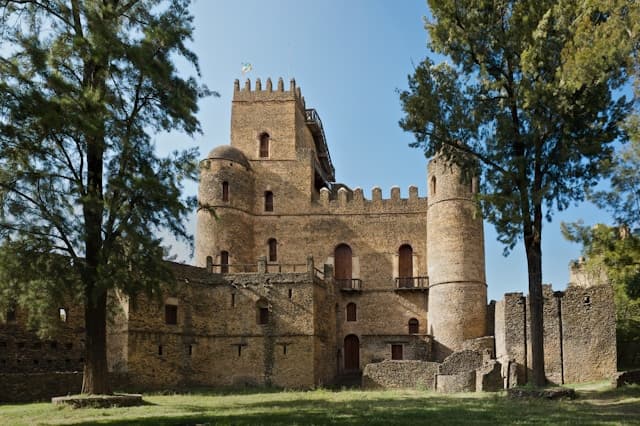The Ten Most Beautiful Places in Ethiopia Worth Seeing
Looking for beautiful places to visit in Africa? Check out the ten most beautiful places in Ethiopia worth seeing.
What do prehistoric castles, beautiful landscapes, Olympic athletes, and renowned supermodels have in common? They all come from Ethiopia.
Ethiopia, also known as the Horn of Africa, is located in East Africa. This country boasts a rich history that dates back to biblical times and the era of King Solomon. Once known as the ancient kingdom of Abyssinia, it is the only African country apart from Liberia that was not colonized during the scramble and partition of Africa by Europe in the 18th–19th centuries.
This beautiful country is a land of natural contrasts and has the most UNESCO World Heritage Sites in Africa.
So pack your bags and camera—let’s discover the beautiful wonders available in this exotic country.
What Are the Ten Most Beautiful Places in Ethiopia Worth Seeing?
- Lava Lakes, Erte Ale
- Wonchi Lake
- Sef Omar Caves
- Nechisar National Park
- Rock-Hewn Churches, Lalibela
- Semien Mountains
- The Mausoleum of Menelik II
Lava Lakes, Erte Ale

Erte Ale, which means “Smoking Mountain” in the Afar language, is located in the Afar region of northeast Ethiopia.
In this region lie two lava lakes, which are the world’s longest-existing active volcanoes and persistent lava lakes. You can take a trip up Erte Ale and watch the fiery activity of the lake.
Wonchi Lake
You will find Wonchi Lake in the Shawa Zone, 16 kilometers from Addis Ababa, the capital.
This crater lake was once an active volcano. It is now a caldera 2,800 meters above sea level, with hot springs, a crater lake, islands, and ancient monasteries.
Wonchi also has a large indigenous forest reserve. Visit Wonchi, and you will be surprised by its breathtaking landscape and the refreshing air in the region.
Sef Omar Caves
The Sef Omar Caves are located in Bale, Oromia Region, in the southwestern part of Ethiopia.
They were named after a Muslim cleric in the 12th century. Stretching 15 kilometers long, they are the longest caves in Ethiopia and are considered the largest cave system in Africa.
The caves also serve as a religious center for the Muslim and Oromo communities.
Prepare to be mesmerized by the sight of domes, vaults, pillars, and the Web River flowing through the caves. The highlight of your visit will be the Chamber of Columns, a large central hall within the cave system.
Nechisar National Park
Nechisar National Park, nicknamed the “Bridge of Heaven,” was established in 1974. It lies between Lake Chamo and Lake Abaya, south of Addis Ababa, near Arba Minch town.
The park is home to a wide variety of animals such as Vervet monkeys, Swayne’s hartebeest, zebras, black-backed jackals, Grant’s gazelles, and lions.
It also features Lake Chamo, hot springs, and Lake Abaya. The scenic grasslands and lush groundwater forests make it a truly beautiful sight.
The Rock-Hewn Churches of Lalibela

Hike up the rocky hills of Lalibela, situated in the western Ethiopian highlands, and explore the world-famous rock-hewn churches.
These remarkable churches were constructed in the 12th and early 13th centuries by King Lalibela of the Zagwe dynasty, who wanted to recreate the holy city of Jerusalem in his own country.
Recognized as a UNESCO World Heritage Site in 1978, these churches will transport you back to the ancient Christian kingdom of Ethiopia.
The Mausoleum of Menelik II
This historical masterpiece is located in Addis Ababa, the capital of Ethiopia. It is the final resting place of the great Emperor Menelik II, his wife, and his children.
The Semien Mountains
If you love the Grand Canyon, you will love the Semien Mountains. This national park, located in North Gondar Debark in the far north of Ethiopia, was established in 1969 and later recognized as a UNESCO World Heritage Site.
Nature lovers will find endless fascination here. You can embark on multi-day treks through dramatic landscapes such as Buahit Pass, which stands at 14,534 feet above sea level, and Buyot Ras.
Along the way, you’ll encounter breathtaking views and the stunning Jinbar Waterfall.
The area is also home to rare animals like the Ethiopian wolf (the most endangered carnivore in Africa), the Walia ibex, and the gelada monkey.
It is truly a wild and wonderful place you must visit.
What Is the Best Time to Visit Ethiopia?
Ethiopia is a vast country with different climates and seasons, so the best time to visit depends on your activities.
The rainy season in the northern and central highlands runs from June to late September. In the south, the rainy season starts earlier, from March to June.
It is best to avoid the southern region during the rainy season, as the roads are often impassable. Driving is particularly difficult during this period.
For those who love experiencing cultural festivals is the best time to visit Ethiopia is from September to January. Celebrations like Meskel (held at the end of September), Genna (the Ethiopian Christmas), and Timkat all occur during this time. However, accommodation and transportation costs are higher during festival season.
If you prefer fair weather without the crowds, February to March is great. By then, most tourists have left, and the dry season is still ongoing.
A Word of Caution
Avoid visiting the Danakil Depression in September and October. As one of the hottest places on Earth, the heat during those months will be unbearable.
According to traveler Joan Torres, the best time to visit the Danakil Depression is from mid-November to February.
So, which one was your favourite location? Let me know in the comments below!
Related: Escape to Paradise: Discover 7 Affordable and Underrated Destinations.


